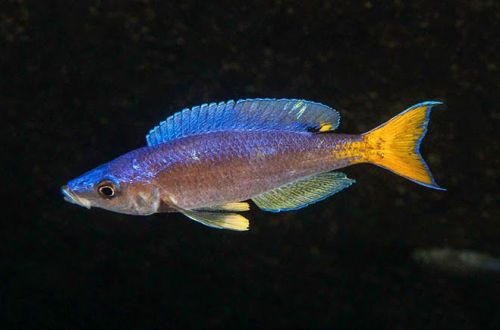
Gasteropelecus silver
Gasteropelecus silver or Fish “Silver Hat”, scientific name Gasteropelecus levis, belongs to the family Gasteropelecidae. The second name of this fish was given by its first discoverer, naturalist Eigenman in 1909. Then she reminded him of a flat women’s hat, popular at that time in Europe. The fish is not demanding on the environment, easy to keep and compatible with many other species.

Contents
Habitat
It comes from South America from the territory of Brazil from the lower Amazon basin, including large tributaries of the Tocantins and Guam. Inhabits calm sections of rivers, floodplain lakes, backwaters, etc. Prefers regions with open water with islands of floating aquatic vegetation, near which these fish like to gather.
Brief information:
- The volume of the aquarium – from 50 liters.
- Temperature – 20-28°C
- Value pH — 5.0–7.5
- Water hardness – 1–15 dGH
- Substrate type – any
- Lighting – subdued or moderate
- Brackish water – no
- Water movement – light or moderate
- The size of the fish is about 3 cm.
- Food – any food that floats on the surface
- Temperament – peaceful
- Content – in a flock of at least 10 individuals
Description
The genus Gasteropelecus contains three species that are very similar to each other. Silver Gasteropelecus is almost identical to Hatchet Fish (Gasteropelecus sternicla) and differs from it only in size, reaching a length of about 3 cm. It has a typical body shape with an enlarged and strongly flattened abdomen. The coloration is silvery, the back is gray with rows of horizontal stripes of black and yellow, stretching along the lateral line. Fins and tail are short and translucent.
Food
The basis of the diet in the wild are small insects. Acclimatized fish and those that have already grown in captivity are accustomed to taking dry food. An important condition is that all food supplied must be floating, any sunken food will not be eaten.
Maintenance and care, arrangement of the aquarium
The optimal size of an aquarium for a flock of a dozen fish starts at 50 liters. Gasteropelecus argentum spends most of its time at the surface, so decoration is of little importance to it. It is enough to provide several places for shelters in the form of clusters of floating plants. The rest of the decor is selected at the discretion of the aquarist or based on the needs of other fish.
The tank must be equipped with a lid to prevent accidental jumping out. There is an opinion that hatchet fish can make large jumps out of the water, in which they are supposed to be assisted by pectoral fins that look like miniature wings. Of course, they can jump, like any other species, but it doesn’t come to “flights”.
This is a relatively unpretentious species. Successful long-term keeping is possible in stable water conditions within an acceptable range of temperatures and hydrochemical values. High water quality (low concentrations of contaminants) is achieved due to the uninterrupted operation of the installed equipment, primarily the filtration system, and the regularity of mandatory maintenance procedures: weekly replacement of part of the water with fresh water, removal of organic waste, etc.
Behavior and Compatibility
Peaceful schooling fish. Due to its size, it is not able to compete with more active species, so these should be avoided. They get along well with small tetras and cichlids, corydoras catfish and other non-aggressive South American species of comparable size.
Breeding / breeding
At the time of writing, no successful cases of breeding in home aquariums have been recorded. In the natural environment, spawning is associated with seasonal changes and is accompanied by migrations to flooded areas of tropical forests during the rainy season. For an ordinary aquarist, recreating such an external environment is problematic.
Fish diseases
A well-established biological system, a balanced diet and the absence of stressful situations (for example, being chased by aggressive fish) are the best guarantee of maintaining health. When the first signs of an illness appear, first of all, attention should be paid to these three factors, perhaps there was a deviation in one of them. As a rule, solving the problem leads to self-healing. However, if the immune system fails, you will have to resort to medical treatment. Read more about symptoms and treatments in the Aquarium Fish Diseases section.




